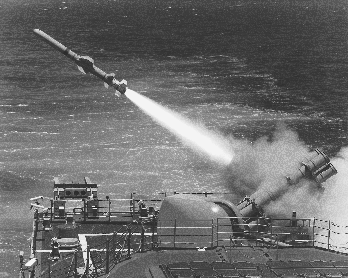
Graham Warwick/WASHINGTON DC
Boeing is awaiting permission to export the AGM- 84 Harpoon Block 2 before launching private-venture development of the upgraded anti-ship missile.
An agreement on the missile's releasability is being circulated by the US Department of Defense, Boeing says, and the company has scheduled an internal review for April "-to see if we are willing to invest" in the programme, says Bob Kreiger, general manager of navy missile programmes at Boeing.
Given an acceptable deal on exportability, the company plans to negotiate an agreement with the US Navy's Harpoon programme office under which the service will provide support for flight-testing of the Block 2 missile. "Boeing is putting in the bulk of the money," emphasises Kreiger.
The company sees strong international interest in an upgraded weapon among the 24 countries which have already purchased more than 3,000 Harpoons.
The Block 2 upgrade will allow the missile to be fired at vessels close to shore, and even in port. It includes a global-positioning system (GPS), taken from the Joint Direct Attack Munition now under development by Boeing.
This will increase navigation accuracy and enable radar-seeker activation to be delayed, and the scan pattern altered, to avoid confusion with returns from land. GPS-only guidance will be used in attacks on ships tied up in port, Kreiger says.
Development of the Harpoon Block 2 will take 30 months, with production scheduled to begin in 2001. Kreiger expects international customers to buy new missiles and retrofit kits, and Boeing is forecasting that about 60% of existing Harpoons will be upgraded.
The US Navy has earmarked $16 million to buy retrofit kits for 300 Block 1 Harpoons, he says. Boeing is still building Block 1 missiles for export at a rate of around 100 units a year, and the company expects Block 2 production to run at a similar rate.
Source: Flight International




















